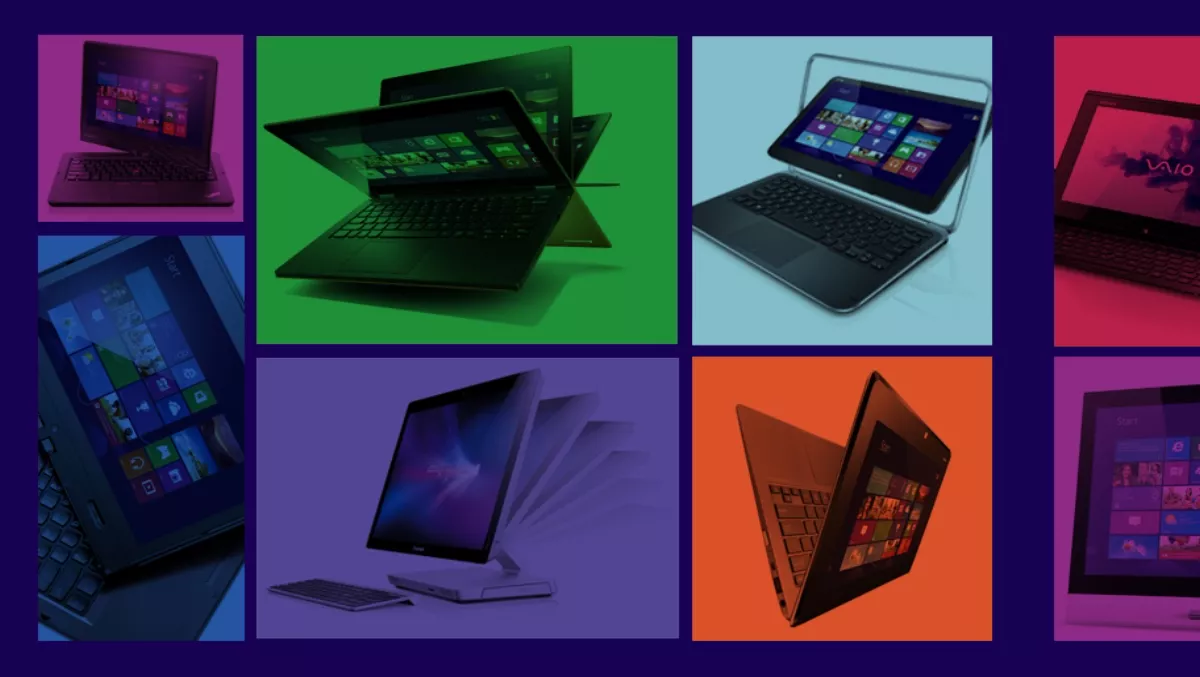
The changing face of digital design
Once driven by technology advances, changes in code capability and insights into user behaviour, today current interactions in digital interface design are centred around something rather different: the size of human fingers.
That’s because mobile device usage is increasing, with sales outstripping those of traditional desktop PCs.
Primarily driven by touch, whether these interfaces are smartphones or tablets, our fleshy mammalian input devices are changing the way interfaces are built.
Humans are no longer adapting to using technology; instead, technology is finally changing to meet us and our biological limitations.
There are many small but logical quirks to be accounted for in mobile design. Most people are right handed and hold a smartphone with their dominant hand.
The optimum position for buttons and interactive elements on a mobile device therefore is the lower left hand side of a screen, since the right thumb is the interaction digit of choice; however, this is certainly not a standard place for menu navigation.
Being able to scroll means swiping your hand across the surface; the worst result would be a clutter of links or buttons under that swipe, so content layout must be considered.
From mobile devices to...?
These types of interaction changes are now starting to move backwards from mobile applications and mobile oriented websites into desktop environments where touch is not (yet?) considered a primary input method.
With the release of Windows 8 and Microsoft’s Surface, mobile design methodologies are now being applied to what was once an exclusively ‘mouse and keyboard’ world.
To some extent, this accounts for the diverse consumer responses these product releases. Some love the tile style of Windows 8, while others find it distracting and confusing.
Some love the convenience of the Surface as a companion device, others dislike it as inadequate to replace their everyday workhorse machine.
Both products are vastly different to the way Windows has always been.
That’s reflective of the efforts of the operating system leader to force change in the software for consumer and corporate desktop environments - change that others have, to date, been unable to achieve en masse.

The bigger picture
While critics (including usability expert Jacob Nielsen) are scathing of the user interface inconsistencies in Windows 8, the bigger picture must be considered.
The effect this new approach to desktop computing is having on the complete digital design spectrum is of particular interest.
The gamble Microsoft is taking on its business could also be a crucial tipping point for the future of interaction design.
Windows 8 is, on the surface, a more consumer oriented product; however, smartphones in particular have demonstrated that consumer products are today driving the changes to enterprise environments.
When users are interviewed about the capabilities of their Intranets, they typically compare their home computer/tablet or private mobile phone usage to the limitations of their corporate environment.
They expect their digital workspace to behave just like the services they have available to them while waiting for the bus or when they are streaming music through their house while looking up recipes.
The more users are surrounded by these changing elements for interaction, the more comfortable they are with them, and the more the touch paradigm shifts from ‘mobile usage’ to just usage.
As a consequence, this year is likely to see a further blurring of the lines between the desktop and the mobile worlds. The technology is increasingly available to deliver seamless experiences regardless of device.
However, whether this blurring will appeal to corporations in the short term remains to be seen.

